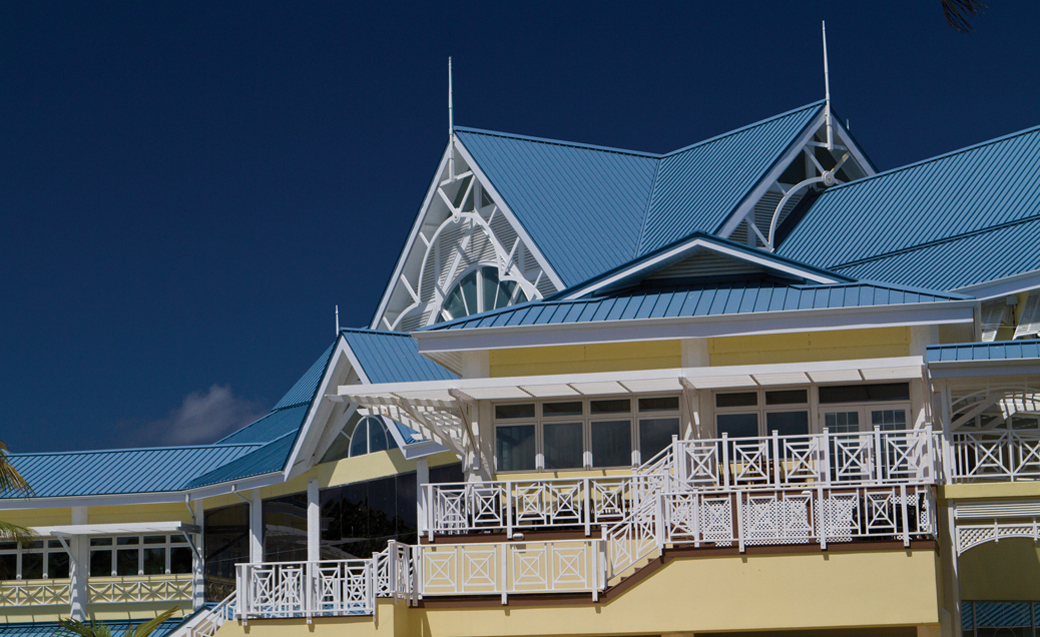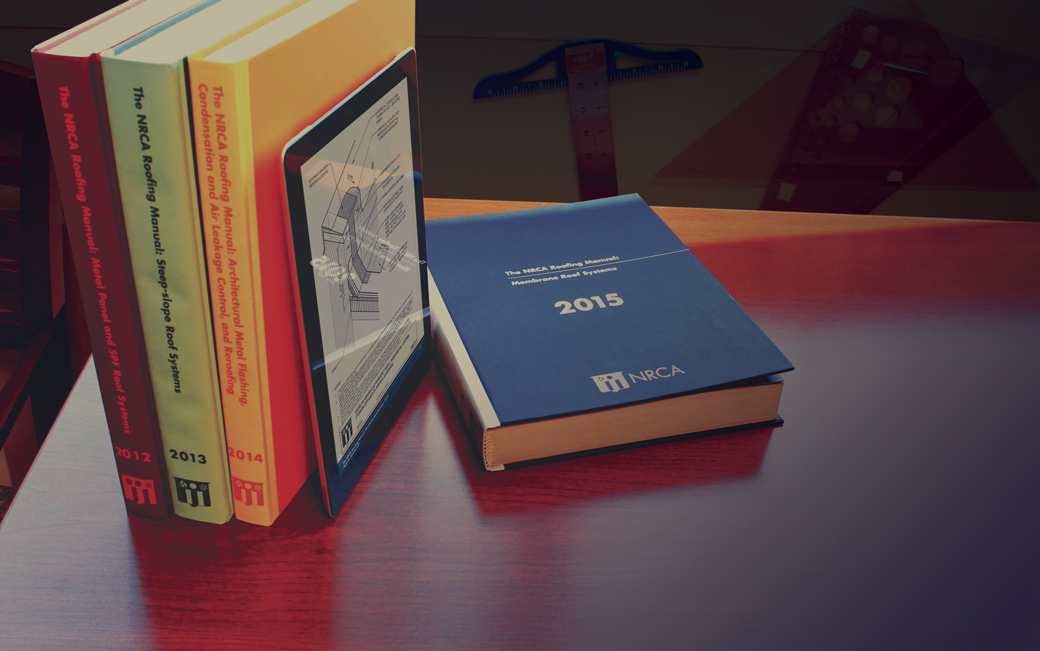Most roofing professionals understand the importance of providing fire-rated roof assemblies. However, what may not be well understood is what fire classifications are required and some of the nuances associated with such classifications.
Fire classifications
Roof assemblies' resistances to exterior fire exposure are typically tested and classified using two similar test methods: ASTM E108, "Standard Test Methods for Fire Tests of Roof Coverings," and UL 790, "Standard Test Methods for Fire Tests of Roof Coverings." The tests provide the basis for the Class A, B and C designations.
Class A designates resistance to relatively severe fire-test exposure; Class B designates resistance to relatively moderate fire-test exposure; and Class C designates resistance to relatively light fire-test exposure.
Certain roof system types can be considered Class A without testing based on their historical and inherent fire performance. For example, the International Building Code,® 2015 Edition (IBC 2015) allows roof assemblies with coverings of brick or masonry or exposed concrete roof decks to be considered Class A without testing. Also, ferrous or copper shingles or sheets, metal sheets and shingles, clay or concrete tile or slate installed on noncombustible roof decks are permitted to be considered Class A without testing. Ferrous, copper or metal sheets installed without a roof deck on noncombustible framing also are permitted to be considered Class A without testing. Over combustible roof decks, 16-ounce-per-square-foot copper sheets and slate installed over fire-classified underlayment are permitted to be considered Class A without testing.
The minimum fire classification required for a specific building is dictated by a building's construction classification. IBC 2015 Chapter 6—Types of Construction describes five construction classifications. For Types I and II, major building elements are constructed of noncombustible materials. For Types III and IV, exterior walls are constructed of noncombustible materials. For Type V, structural elements and exterior and interior walls of any materials are permitted.
In IBC 2015 Chapter 15—Roof Assemblies and Rooftop Structures, Table 1505.1-Minimum Roof Covering Classification for Type of Construction prescribes a minimum fire classification for a building's roof assembly based on the building's construction classification type.
Table 1505.1 requires minimum Class B roof coverings for Types IA, IB, IIA, IIIA, IV and VA buildings. Minimum Class C roof coverings are required for Types IIB, IIIB and VB buildings. Class A roof coverings only are required for buildings located within a fire district (described in IBC 2015 Appendix D—Fire Districts) or when required by adoption of the International Wildland-Urban Interface Code; these both have limited applicability.
For the International Residential Code,® 2015 Edition, which applies to one- and two-family dwellings and townhouses not more than three stories in height, roof assemblies are not required to be fire-classified unless specifically required by local ordinance or where a roof's edge is less than 3 feet from a lot line.
Classification listings
IBC 2015 and its previous editions require fire-tested roof assemblies be identified in a listing provided by an approved testing agency. Such a listing is an agency's published list of products or assemblies that meet an identified standard or have been tested and found suitable for a specified purpose.
For example, Underwriters Laboratories (UL) Inc. provides its listings in its Online Certifications Directory, www.ul.com/database. The following UL categories include roofing products evaluated for Class A, B and C fire ratings: Roofing Systems (UL category code TGFU); Prepared Roof-covering Materials (TFZW); Prepared Roof-covering materials, Formed or Molded Metal, Fiber-cement, Plastic or Fire-retardant-treated Wood (TFXX); Prepared Roofing Accessories (TGDY); and Building-integrated Photovoltaic Modules and Panels (QHZK). Listings are best located by entering the appropriate UL category code into UL's online directory.
Fire classifications are limited to the specific materials, products and configurations described in a listing. Substitution of materials or products not specifically identified in a listing is not permitted. For example, for a steep-slope roof assembly, it is not appropriate to substitute a nonlisted underlayment product for ones that are in the listing. Such substitutions can render an assembly nonrated.
NRCA encourages designers to be aware of the applicable code's fire-classification requirements for specific buildings and to specify materials, products and assemblies that have required classification listings.
Mark S. Graham is NRCA's associate executive director of technical services.



